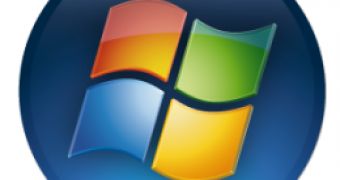Are Windows XP Service Pack 3 and Windows 7 getting in the way of Windows Vista and Vista Service Pack 1? Well, Microsoft's position is exactly this. After it has managed to serve a few crumbs from the Windows 7 feast and also opened up the testing process of XP SP3, the Redmond company has turned back to be its usual Vista-centric self, a characteristic that stuck with it throughout 2007. Although it is a tad too late to put the Windows 7 and XP SP3 genies back in the bottle, Microsoft aims to pull it off, via the translucent strategy of Steven Sinofsky, Senior Vice President, Windows and Windows Live Engineering Group.
As far as Windows Vista is concerned, Microsoft has been rather clear. The operating system has an install base of over 100 million people and SP1 RTM will drop by the end of the first quarter of 2008, with the latest RC Refresh made available early in January. When it comes down to Windows XP SP3, details are scarce and blurred. The Release Candidate of the third and final service pack for XP dropped over a month ago, and then XP SP3 literally went missing. On top, Microsoft is still pointing to the unrealistic deadline of the first half of 2007 for the general availability of XP SP3.
Windows 7 is in a different class altogether. Microsoft did confirm that it will be made available in both 32-bit and 64-bit versions, that it will come in a three-year timeframe from Windows Vista and there was quite a bit of information on the work being done to overhaul the kernel and produce MinWin. And this is about it. The Redmond company is mute on everything else regarding Windows 7. Mum's the word when it comes down to the successor of Windows Vista.
On the heels of news breaking, Microsoft has actually shipped the first build of the operating system, namely Windows 7 Milestone 1 to key partners. Third-party sources point to the fact that Windows 7 M1 is not that far evolved from MinWin, and that the build is designed for kernel interfacing purposes. At the same time, Microsoft is not denying or confirming anything. The company is simply not saying anything at all.

 14 DAY TRIAL //
14 DAY TRIAL //